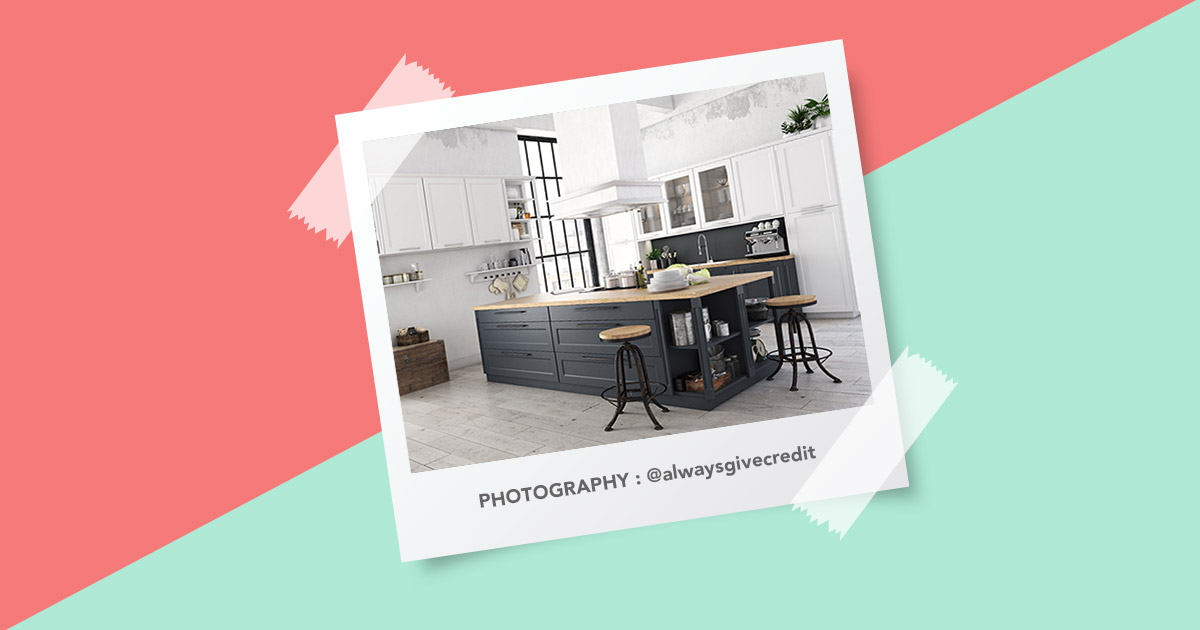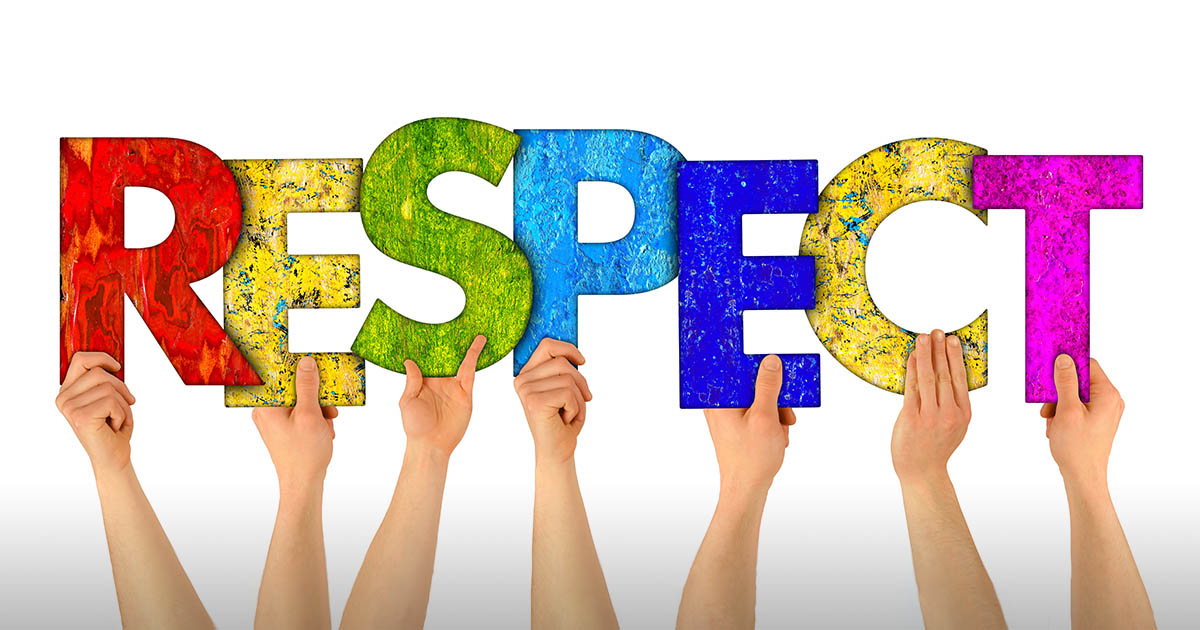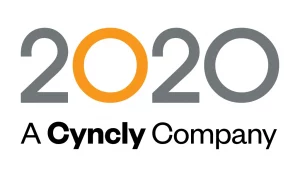
With the sudden influx of remote business practice, how do we protect our intellectual property within both the community and industry of home design?
As virtual meetings and remote presentations are becoming the new normal, many designers are wondering about the security of their intellectual property. Just how much can you share online without worrying if an opportunistic plagiarist will take your work and run with it? Will clients shopping around between designers take your ideas to your competitor? Questions such as this are highly relevant in this new remote business world.
The Universal Declaration of Human Rights states that "everyone has the right to the protection of the moral and material interests resulting from any scientific, literary or artistic production of which he is the author".
We might raise our hands to add that “he” may very well not be a “he” at all, but the advancement of equality in law and every other corner of existence is an issue that will take more than this humble blog post to address.
In this article, we’ll go over some of these intellectual property questions and provide those concerned with a few helpful answers. We will also be hosting an upcoming webinar with some industry professionals to take questions for an in-depth look and further insight on the subject.
Plagiarism and Inspiration – Where Do You Draw the Line?
We’ve all at some point seen something and become inspired by it. Some design, some piece of art, some iconic visual statement which stirs within us our own passion, which allows us to create something of our own. We may have thought: “Wow. I wish that I had done that.” This is an integral and beautiful aspect of creation. But when you take a concept, an image, an idea, and create nothing of your own, this is obviously something different.
Merriam-Webster defines the act of plagiarism in the following terms: “to steal and pass off (the ideas or words of another) as one's own: use (another's production) without crediting the source”.
If a client or another designer has taken your work and did not gain your consent or give you credit, this is clearly plagiarism. Sadly, this is made much easier when business is conducted in a primarily online setting, whether through a screenshot or a file shared directly by yourself or any other means.
What Can We Do to Prevent Plagiarism
There are several steps and safeguards we can take to ensure that our work is always recognized as our own. Watermarks are a sure way to indelibly imprint your signature into an image. Watermarking software can be found online affordably and in some cases free of charge.
Another important step in the process of sharing with clients is to include a clearly worded and airtight written contract before sharing any actual designs. If a client is financially invested in your business, the chances of them shopping out your ideas to other designers is very slim, and you will have protected your intellectual property through a written agreement.
To Catch a Thief

Credit Where Credit Is Due

But what about sharing inspiration through social media? If you want to use another designer’s work in any way, even just to showcase your appreciation for it on social media, the place to start is obviously by gaining permission. That being said, most will be satisfied with an obvious credit given clearly. If we acknowledge each other’s talent while sharing with our community, the benefit is universal. Always add in plain and bold sight the proper acknowledgements and include the creator in the tags. This courtesy of sharing credit while displaying beautiful and inspirational designs will strengthen both the industry and the community.
Morality, Integrity, R-E-S-P-E-C-T

Beyond the law there is a moral obligation that we must adhere to as creators within a community. The courtesy and respect which we show to others will reflect back upon ourselves. Treat others' intellectual property with the same considerations you would have others give yours.
Plagiarism will rarely benefit anyone in an industry which only begins with a design. What follows is the highly demanding process of making that design into a reality. A plagiarist might steal a great kitchen or bathroom design concept, but they cannot steal your talent. Anyone can steal an idea or an image but without the skill that it took to make it, how can they follow through? The reputation of a business is dependent on the trust of its community, whether that community takes the shape of peers or clientele.
In order to strengthen our own business, we must also strengthen our industry, our community. This strength grows with respect and honesty, integrity and cooperation. This strength will benefit us all.
Find the link to our intellectual property webinar below for a more detailed look with some industry professionals!
Want more content?
[WEBINAR] Protecting Your Intellectual Property
A strong brand usually means a strong online presence. While interior designers are embracing the flexibility of working with clients through virtual methods, this brings up the question: “How can we protect our intellectual property?”
Related Posts
Share this Post





